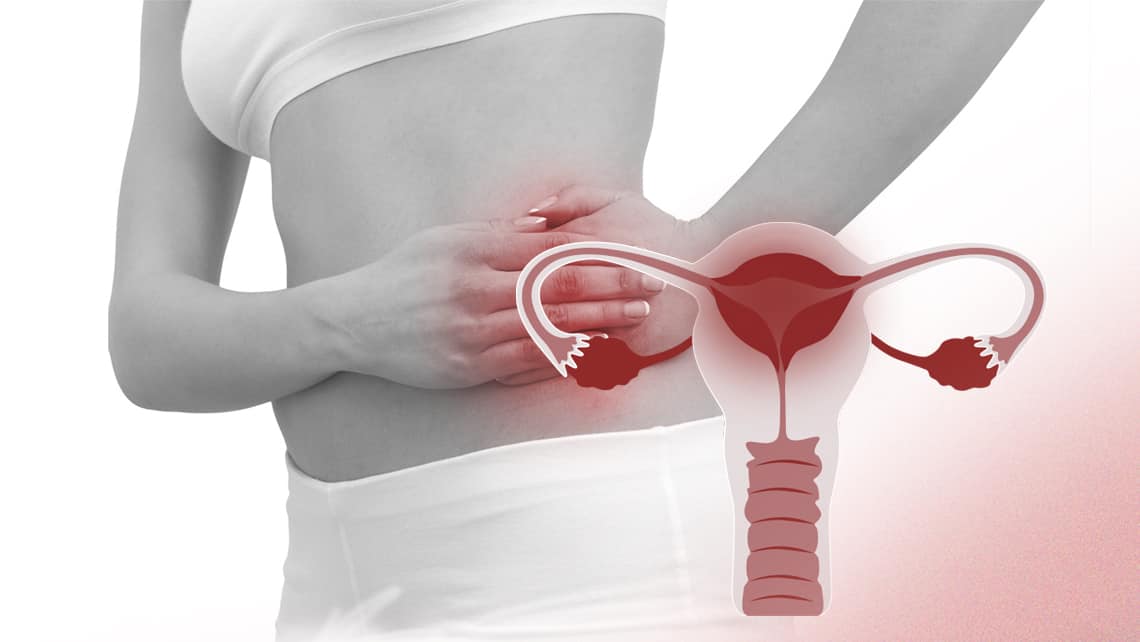
How does pelvic inflammatory disease (PID) affect when I want to get pregnant?
Índice
What is the pelvic inflamatory disease (PID)?
Pelvic inflammatory disease (PID) is a gynaecological problem, which consists of an infection development affecting the female internal genital tract (uterus, tubes and ovaries), sometimes extending to the abdominal cavity.
What are the symptoms of pelvic inflammatory disease?
Frequency in the general population is probably higher than we think, as it is asymptomatic in some cases. When symptoms show, they can be very non-specific, which complicates diagnosis. Most common are abdominal pain, fever, and foul-smelling vaginal discharge. In some cases there may be discomfort during urination, and bleeding outside the menstrual cycle.
What is the PID (Pelvic Inflammatory Disease) treatment?
The PID management is based on the use of antibiotics, as it is an infection of bacterial origin the vast majority of the time. Bacteria ascend from the vagina and cervix, and infection spreads to the rest of the genital tract. Chlamydia and gonorrhoea are the two most frequent pathogens that cause infection, but they are not the only ones, as they can also appear after medical procedures (IUD insertion, curettage, childbirth, etc.).
In more complicated cases, abscesses may appear at the level of the tube and ovary, which may require surgical intervention for drainage and healing. When this occurs, it is sometimes necessary to remove the infected area (tube, ovary, etc.).
How can pelvic inflammatory disease affect fertility?
In addition to the discomfort and possible complications during the acute stage, there’s concern about its long-term consequences, as it can lead to chronic pelvic pain and infertility.
Ingertility after PID may be produced for different causes:
- Infection: the very presence of pathogenic bacteria produces a toxic environment for the embryos’ implantation and the correct development of the pregnancy. An alteration is produced both in the endometrium and in the mobility and contractility of the fallopian tubes, which impedes the transport of the embryo that has been fertilised in the tube to the interior of the uterine cavity.
- – Mechanical causes: after an inflammatory or infectious process at the pelvic level, scarring of the tissues occurs, which causes adhesions (bands of tissue, more or less rigid) to appear inside the abdominal cavity or inside the fallopian tubes, which can lead to obstruction or blockage of the tubes. Sometimes this obstruction goes unnoticed on ultrasound, unless a test is specifically performed to assess tubal patency (hysterosonosalpingography). On other occasions, tubes can be seen to be dilated and accumulate fluid inside them (hydrosalpinx).
The risk of ectopic pregnancy is increased in women who have a history of pelvic inflammatory disease, as a result of damage to the fallopian tubes. In fact, this infection multiplies the risk of ectopic pregnancy by a factor of 6, making it the most important risk factor.
Given the serious consequences of PID once established, prevention is essential. The only contraceptive method useful to avoid this problem is the condom, as oral contraceptives are not suitable for this purpose. Early diagnosis of infection can be helpful in minimising the damage caused, so it is important to see a specialist if there are compatible symptoms or if there has been possible risky contact.
Dr Alicia Herencia, a gynaecologist at Instituto Bernabeu.
